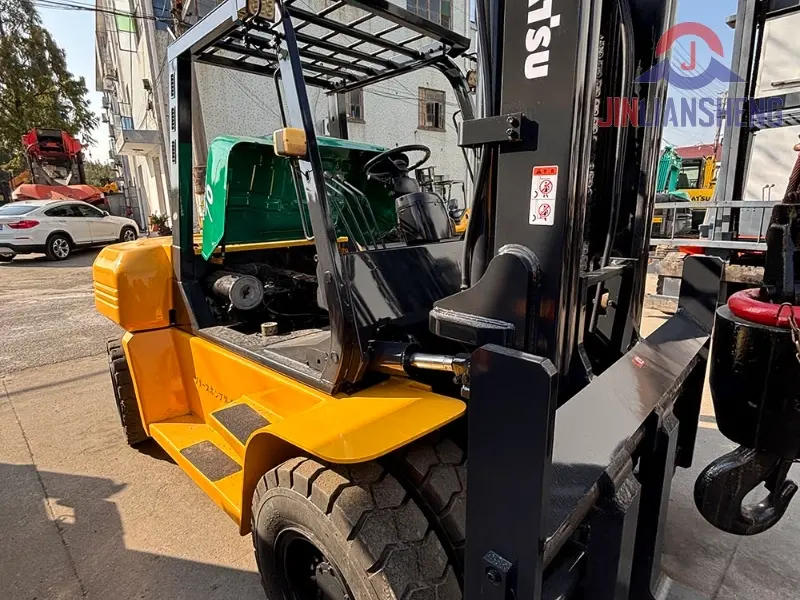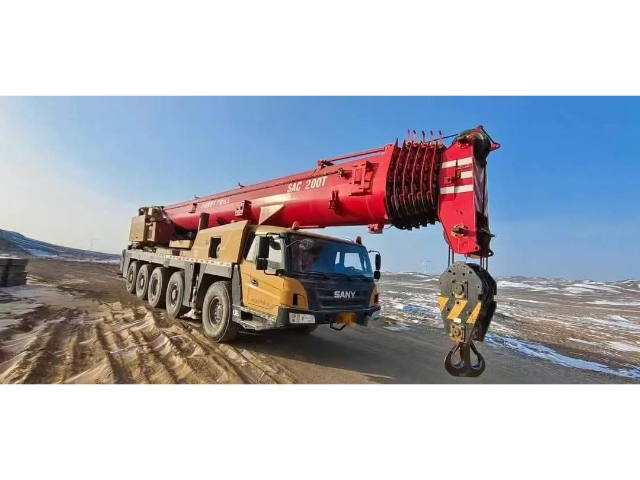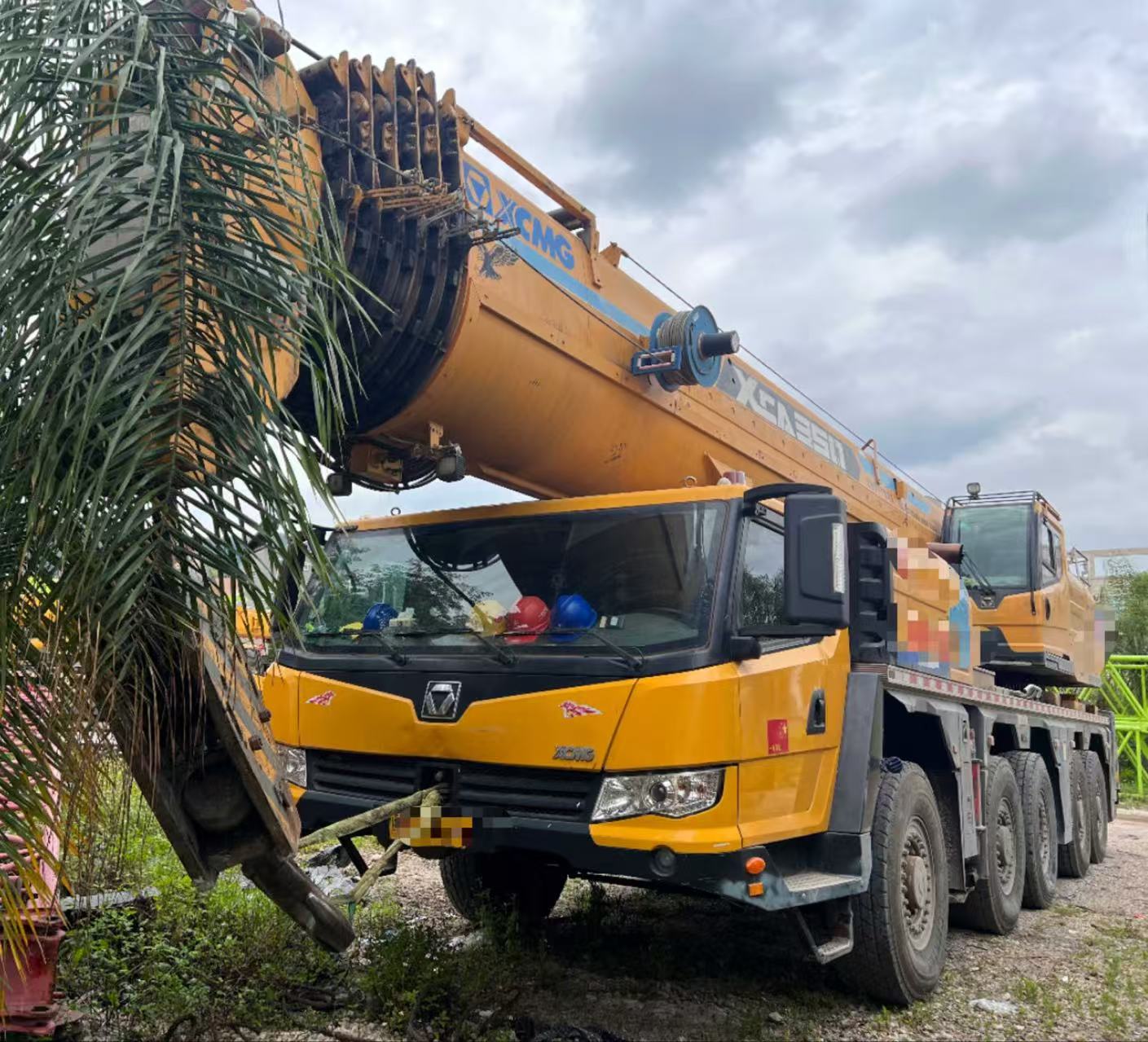How to improve warehouse efficiency with second-hand Komatsu forklifts
Release time: 2025-06-25
In modern warehouse management, improving operational efficiency and reducing costs are key objectives for businesses. As one of the most important pieces of equipment in a warehouse, forklifts play a crucial role in overall operational performance. Using a second-hand Komatsu forklift not only saves procurement costs but also significantly boosts warehouse efficiency, leading to higher returns on investment.

1. Improved Work Speed
Second-hand Komatsu forklifts are durable and capable of quickly and efficiently handling material handling tasks. Their fast lifting systems and powerful load capacity enable forklifts to rapidly complete stacking, transportation, and unloading operations, greatly increasing the overall work speed in the warehouse.
2. Reduced Labor Load
Using forklifts to replace manual heavy lifting significantly reduces workers’ physical strain. Forklifts can easily transport heavier goods, reducing the risk of injuries while improving worker efficiency and reducing fatigue.
3. Better Space Utilization
Second-hand Komatsu forklifts are often capable of operating in narrow spaces, making them ideal for high-stacking environments. The forklift’s flexibility and precise operation enhance warehouse storage density, leading to more efficient use of space and increased storage capacity.
4. Reduced Wait Times
Modern second-hand Komatsu forklifts are equipped with efficient engines and battery systems, allowing them to complete tasks faster. Shorter charging times and longer operational duration reduce downtime, making warehouse operations more efficient and avoiding long waits and delays.
5. Lower Downtime from Breakdowns
Known for their reliability and durability, used Komatsu forklifts are typically well-maintained and inspected, ensuring fewer breakdowns during operation. Compared to other brands, the lower failure rate of second-hand Komatsu forklifts means they can operate efficiently for longer periods, reducing maintenance and downtime.
6. Optimized Inventory Management
Using second-hand Komatsu forklifts in warehouse operations allows for more precise and efficient material handling. Forklifts help workers quickly locate items, reducing time spent searching for products and improving inventory management efficiency.
7. Adaptability to High-Demand Environments
With their multifunctionality, second-hand Komatsu forklifts can adapt to various environments, whether it’s cold storage, humid warehouses, or high-stacking setups. This flexibility helps warehouses quickly respond to changes and enhances their ability to handle high-demand tasks.
8. Cost Savings and High Return on Investment
Compared to purchasing new forklifts, second-hand Komatsu forklifts come at a lower initial investment cost. By saving on procurement, businesses can allocate resources to other important areas like staff training and system optimization, further boosting warehouse efficiency.
9. Enhanced Safety
Komatsu forklifts are equipped with advanced safety features like automated parking systems, anti-tip designs, and optimized visibility, all of which help reduce operational accidents, protect warehouse staff, and indirectly improve work efficiency.
10. Lower Training Costs
Komatsu forklifts are designed to be user-friendly, with intuitive operation. Even second-hand units are easy to use, reducing the time required for training new employees. This ease of use helps workers quickly adapt, increasing work efficiency.
Overall, using original second-hand Komatsu forklifts not only enhances warehouse operational efficiency but also reduces operational costs. With their efficient performance, flexibility, and low failure rates, second-hand Komatsu forklifts are an essential tool in modern warehouse management, helping businesses achieve more efficient and cost-effective storage operations.



